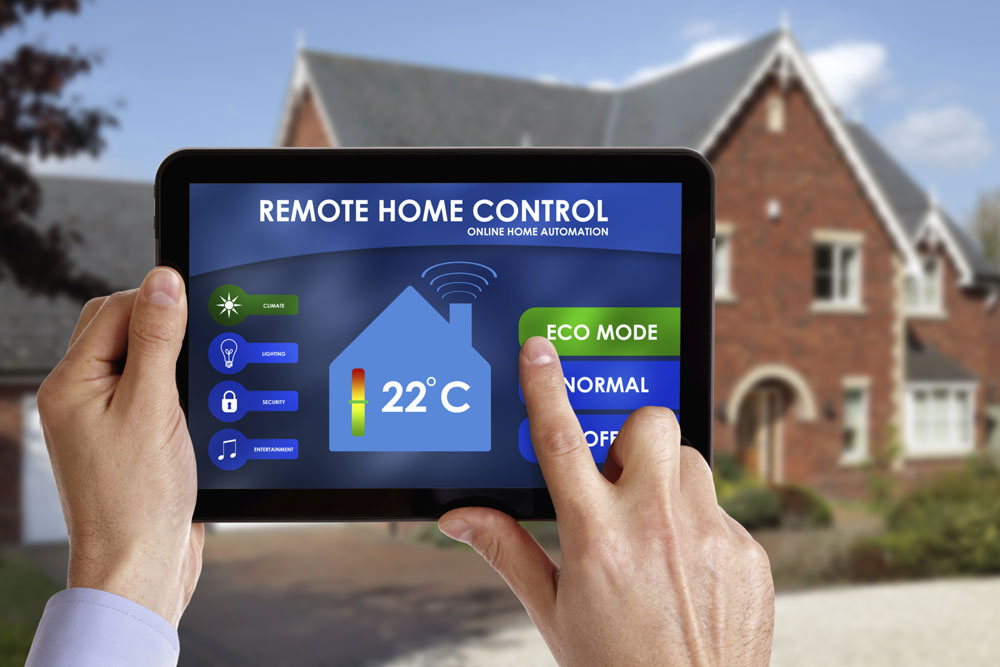Living Smarter: How Tech Ecosystems Are Redesigning Modern Lifestyles
The fusion of smart home systems, health-focused innovations, and digital connectivity tools is redefining how people manage households, prioritize wellness, and engage with the world. These technologies are no longer optional luxuries—they're becoming central to daily decision-making, offering personalized solutions while reshaping societal norms around convenience, safety, and work-life integration.
Smart Home Technologies: The Heart of Connected Living
Smart home innovations are revolutionizing residential spaces by creating responsive, energy-efficient environments. In the US, over 43% of households now use at least one smart home device, driven by demand for IoT-enabled systems like voice-controlled lighting, self-adjusting thermostats, and remote security cameras. Smart home ecosystems learn user habits: refrigerators track expiration dates, robotic vacuums adapt cleaning schedules, and AI-powered climate controls slash energy bills by 20–30%. Beyond convenience, smart home security features—from biometric locks to real-time intrusion alerts—are redefining safety standards. As interoperability improves, smart home hubs now integrate solar energy management, leak detection, and even air quality monitoring, transforming houses into sustainable, self-regulating habitats.
Health Tech Meets Smart Home Integration
Health technologies are increasingly intertwined with smart home ecosystems. Wearables sync with smart home networks to adjust room temperatures based on sleep patterns or trigger calming lighting during meditation sessions. Telemedicine platforms leverage smart home devices—think HD cameras and integrated vitals monitors—to enable clinic-grade remote consultations. In smart home kitchens, AI nutrition assistants analyze pantry contents via connected cameras to suggest balanced recipes, while medication dispensers automatically notify pharmacies for refills. These synergies empower proactive health management, particularly for aging populations: 62% of US seniors using smart home health tools report improved independence.
Digital Platforms and the Smart Home Lifestyle Shift
Digital platforms amplify smart home capabilities while reshaping lifestyle norms. Remote workers use smart home office integrations—auto-muting doorbells during meetings or scheduling focus-friendly lighting—to blur physical and professional spaces. E-commerce apps sync with smart home inventories, prompting automatic grocery orders when pantry sensors detect shortages. However, this hyper-connectivity raises concerns: 58% of US smart home users worry about data privacy, while constant accessibility challenges mental health boundaries. Consumers now seek tech that complements smart home ecosystems without dominating them—opting for "unplugged zones" and screen-time limits enforced by the very systems enabling connectivity.
Conclusion
Smart home technologies sit at the core of today's lifestyle evolution, seamlessly merging with health tech and digital platforms to create adaptive living environments. While these advancements deliver unmatched efficiency and personalization, they also necessitate mindful engagement to balance innovation with well-being. As smart home ecosystems grow more intuitive, they promise a future where technology doesn't just serve our needs—it anticipates them, fostering lifestyles that are as intentional as they are interconnected.
